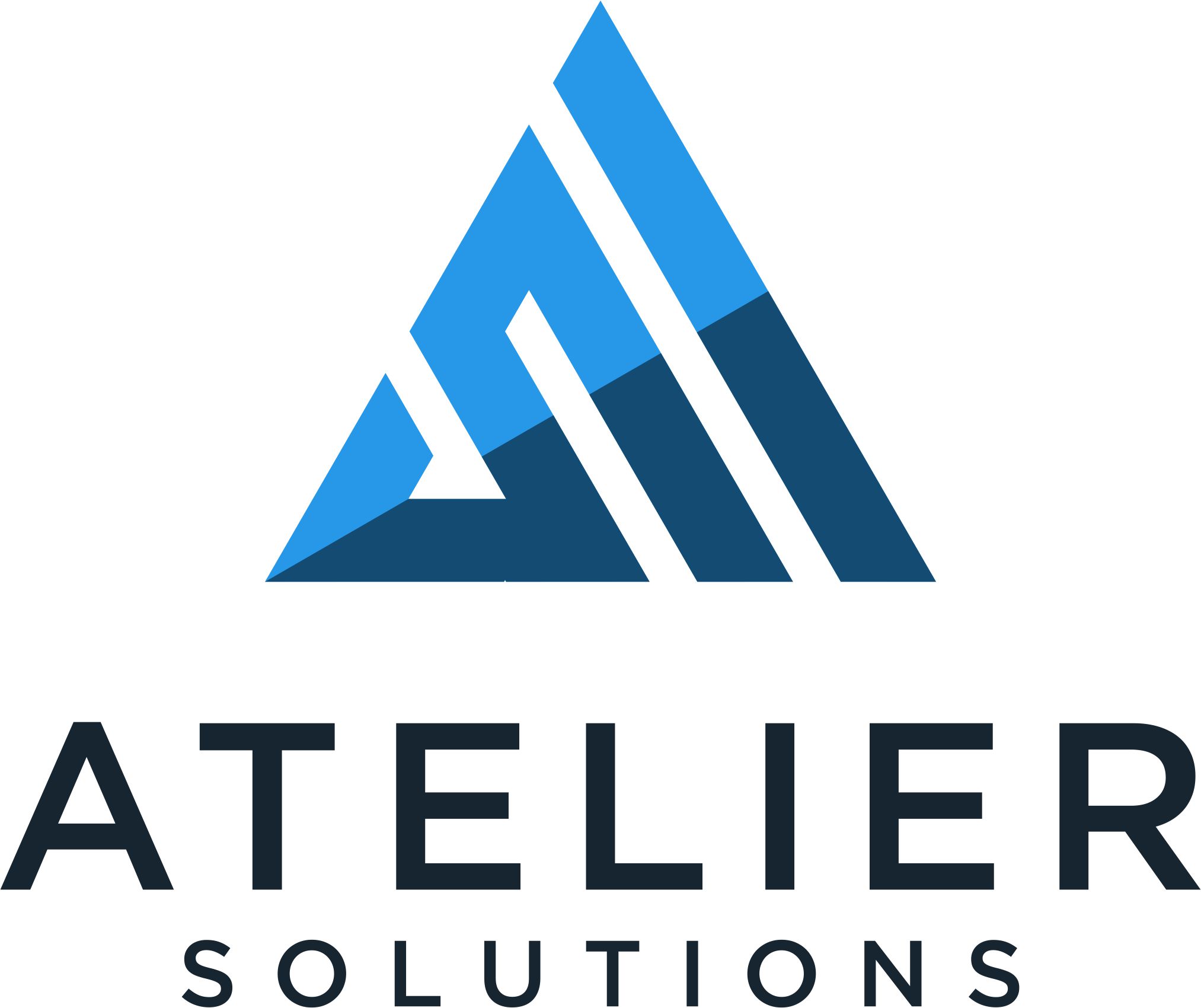Everyone has their top 5 or 10 list, especially when it comes to app modernization. A quick Google search reveals a large plethora ranging from platform vendors highlighting their specific products to consultancies highlighting their services. There is nothing wrong with it, but I’m willing to bet this is already on the back of your mind as something that should be addressed as a part of your digital transformation efforts. Instead, I will give you a list of why it is on the back of your mind, and what it would take to bring it to the front.
It still works… kinda
I grew up hearing the adage, “if it ain’t broke, don’t fix it.” However, is it still the case when your users are coming up with creative ways of continuing to use an application? For example, a plan administrator needing to keep the former admin’s account around because there’s no other way to manage the plan. Or telling users to avoid using a system for several weeks for the end of year reports?
These workarounds are not only costing the company in lost business and productivity due to the workarounds, but can even expose you to hidden risks. Imagine seeing your company on the front page of the WSJ because your security was awful even though, technically, it still works.
We will lose our institutional knowledge
The beautiful thing about applications, for all their warts, is that they encapsulate a process. Whether it is filing a new claim, underwriting a policy, or on-boarding a new employee. In addition, you have a team that knows it inside, and out. Knows what to do when it misbehaves and how it integrates with the hidden parts of your infrastructure. There may even be one or two people who designed the original system and can provide the context for how and why things are done the way they are.
While this may not seem risky on the surface, not doing anything creates risk from the proverbial lotto ticket scenario where they end up leaving the company. Even with the vast amount of documentation being collected, it is more than likely out of date, or has gaps from too much irrelevant data or not enough relevant data. Is there enough for someone else on your team to pick up the torch to keep things going and innovating? How much of the institutional knowledge really is still relevant?
I don’t want to invest in a fad
Nobody likes to spend money on something that won’t be around in a couple of years. Especially when most articles pushing towards modernization is coming from the app/tool/cloud vendors. All promising to be the silver bullet to save your organization. It is okay to have a healthy sense of skepticism for the technologies at the front end of the hype curve. Unfortunately, this speaks to a more fundamental fear and there is no quick and easy answer for this. The vendors have their preference for an implementation that may not be suited for your needs. By extension, your team may not have the skill set to build upon and maintain it once it is installed and the professional services guys have left for their next engagement. And that is on top of the other things falling apart.
If you have an advisor familiar with the tech, your business and corporate culture, that makes things much easier. Failing that, I’ve seen a few techniques you could try to give your team a chance to build up some experience. In some cases they use hackathons as a means of letting their people play with newer technologies to acclimate, and others that have setup a “tiger team” to learn and run an app through as a minimum viable product, then share their knowledge with the rest of the company. This provides a way to build confidence and experience with newer technologies, and it’s a way to experiment in a cost-effective way. Especially since a lot of the cloud providers provide free credits for the first month realizing that your team would be the advocates for their products.
These are some of my top reasons for why the status quo is allowed to persist. What would it take to make the first step from in-action to action?

